

 Most households experience poor WiFi performance, yet ISPs routinely overlook in-home coverage gaps. A new survey reveals that customers increasingly conflate WiFi with broadband itself, and many are willing to switch providers for better service.
Most households experience poor WiFi performance, yet ISPs routinely overlook in-home coverage gaps. A new survey reveals that customers increasingly conflate WiFi with broadband itself, and many are willing to switch providers for better service.
 While Starlink dominates the low-Earth orbit internet race, rivals like OneWeb, Telesat, Amazon's Project Kuiper, and Europe's IRIS² are slowly building capacity, buoyed by geopolitical necessity, state support, and commercial partnerships.
While Starlink dominates the low-Earth orbit internet race, rivals like OneWeb, Telesat, Amazon's Project Kuiper, and Europe's IRIS² are slowly building capacity, buoyed by geopolitical necessity, state support, and commercial partnerships.
 Over two years of war, Israel has decimated Gaza's ICT infrastructure, crippling connectivity, impeding emergency response, and isolating civilians from the digital world, while cementing long-standing control over telecommunications under the guise of national security.
Over two years of war, Israel has decimated Gaza's ICT infrastructure, crippling connectivity, impeding emergency response, and isolating civilians from the digital world, while cementing long-standing control over telecommunications under the guise of national security.
 Broadband infrastructure is advancing rapidly, from multi-gigabit cable and fiber networks to next-generation fixed wireless and satellite systems. With speeds reaching up to 25 Gbps for consumers and 1 Tbps in orbit, these developments mark a pivotal shift in connectivity, setting the stage for more scalable, flexible, and high-capacity networks.
Broadband infrastructure is advancing rapidly, from multi-gigabit cable and fiber networks to next-generation fixed wireless and satellite systems. With speeds reaching up to 25 Gbps for consumers and 1 Tbps in orbit, these developments mark a pivotal shift in connectivity, setting the stage for more scalable, flexible, and high-capacity networks.
 A recently passed American spending bill, known as H.R. 1, allocates $24.5 billion for fiscal year 2025 to fund a nationwide integrated air and missile defense system. Although the term isn't used in the legislation, the new system is referred to as the Golden Dome. There will be higher costs coming in later years. The Department of Defense has already set a target to be able to test the new system by the fall of 2027.
A recently passed American spending bill, known as H.R. 1, allocates $24.5 billion for fiscal year 2025 to fund a nationwide integrated air and missile defense system. Although the term isn't used in the legislation, the new system is referred to as the Golden Dome. There will be higher costs coming in later years. The Department of Defense has already set a target to be able to test the new system by the fall of 2027.
 There was a recent article in the Wall Street Journal that noted that the business world still uses a lot of landline telephones. Landline telephones have been steadily disappearing from homes, but are still not gone. I see ISPs still selling a telephone line to 10% or more of passings, and surveys show that the average residential landline penetration rate is still somewhere between 15% and 20%.
There was a recent article in the Wall Street Journal that noted that the business world still uses a lot of landline telephones. Landline telephones have been steadily disappearing from homes, but are still not gone. I see ISPs still selling a telephone line to 10% or more of passings, and surveys show that the average residential landline penetration rate is still somewhere between 15% and 20%.
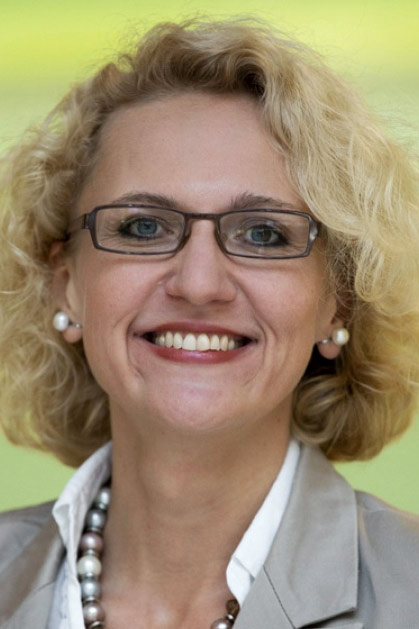 This past week offered a striking illustration of the pace and scale at which our shared orbital environment is evolving. In less than 24 hours, six rockets were launched from different parts of the globe, each contributing to the rapid expansion of low Earth orbit (LEO) infrastructure. China deployed a new set of Guowang satellites, while SpaceX launched two batches of Starlink satellites - one from Vandenberg in California and another from Cape Canaveral in Florida. United Launch Alliance (ULA) successfully placed Amazon's Kuiper satellites into orbit...
This past week offered a striking illustration of the pace and scale at which our shared orbital environment is evolving. In less than 24 hours, six rockets were launched from different parts of the globe, each contributing to the rapid expansion of low Earth orbit (LEO) infrastructure. China deployed a new set of Guowang satellites, while SpaceX launched two batches of Starlink satellites - one from Vandenberg in California and another from Cape Canaveral in Florida. United Launch Alliance (ULA) successfully placed Amazon's Kuiper satellites into orbit...
 CTIA, the trade association for cellular companies, published a recent blog titled, "The Looming Spectrum Crisis". The blog quotes a study from Accenture that concludes that a lack of spectrum for 5G is reaching a point of crisis. The Accenture study says that cellular networks will be unable to meet nearly one-fourth of peak-period requests for connection as soon as 2027.
CTIA, the trade association for cellular companies, published a recent blog titled, "The Looming Spectrum Crisis". The blog quotes a study from Accenture that concludes that a lack of spectrum for 5G is reaching a point of crisis. The Accenture study says that cellular networks will be unable to meet nearly one-fourth of peak-period requests for connection as soon as 2027.
 In the wake of the election, sweeping policy shifts in the information economy are set to accelerate. Expect fast-tracked FCC reforms, Starlink subsidies, and AI-driven oversight to redefine media, tech, and regulatory landscapes. From relaxed antitrust to intensified media control, these eleven reversals signal a move toward deregulation and Chicago School libertarianism, with lasting impacts on U.S. markets and governance.
In the wake of the election, sweeping policy shifts in the information economy are set to accelerate. Expect fast-tracked FCC reforms, Starlink subsidies, and AI-driven oversight to redefine media, tech, and regulatory landscapes. From relaxed antitrust to intensified media control, these eleven reversals signal a move toward deregulation and Chicago School libertarianism, with lasting impacts on U.S. markets and governance.
 SpaceX first departed from its uniform Starlink pricing policy when it offered a reduced price for throttled service in France two years ago. Since then, many new, higher-capacity satellites have been launched, enabling SpaceX to reduce prices in low and middle-income countries like Kenya. Kenya had 405 geostationary satellite internet subscribers when Starlink became available in July 2023.
SpaceX first departed from its uniform Starlink pricing policy when it offered a reduced price for throttled service in France two years ago. Since then, many new, higher-capacity satellites have been launched, enabling SpaceX to reduce prices in low and middle-income countries like Kenya. Kenya had 405 geostationary satellite internet subscribers when Starlink became available in July 2023.
 Five years ago, any discussion of 5G included a vision that we'd end up with smart cars that were all connected with a ubiquitous 5G network that was going to be built everywhere. We're still waiting to see a real 5G network anywhere instead of the 4G LTE networks that are still being touted by every cellular company as 5G. The idea of a ubiquitous network capable of supporting smart cars died, but there is still an effort underway to use wireless technology to make car travel safer.
Five years ago, any discussion of 5G included a vision that we'd end up with smart cars that were all connected with a ubiquitous 5G network that was going to be built everywhere. We're still waiting to see a real 5G network anywhere instead of the 4G LTE networks that are still being touted by every cellular company as 5G. The idea of a ubiquitous network capable of supporting smart cars died, but there is still an effort underway to use wireless technology to make car travel safer.
 There was a paper published in June in the peer-reviewed Geophysical Research Letters titled Potential Ozone Depletion from Satellite Demise During Atmospheric Reentry in the Era of Mega-Constellations. As can be deduced by the lengthy title, scientists have uncovered a new risk coming from the reentry of low-orbit satellites through the atmosphere.
There was a paper published in June in the peer-reviewed Geophysical Research Letters titled Potential Ozone Depletion from Satellite Demise During Atmospheric Reentry in the Era of Mega-Constellations. As can be deduced by the lengthy title, scientists have uncovered a new risk coming from the reentry of low-orbit satellites through the atmosphere.
 Ookla recently tackled this question in one of its research articles. Ookla compared the time it takes to load pages for Facebook, Google, and YouTube on cellphones using 4G LTE networks versus 5G networks. Ookla thinks that page load speed is a great way to measure cellphone experience. The time needed to load a web page is directly impacted by latency, which measures the lag between the time a phone requests a website and that website responds.
Ookla recently tackled this question in one of its research articles. Ookla compared the time it takes to load pages for Facebook, Google, and YouTube on cellphones using 4G LTE networks versus 5G networks. Ookla thinks that page load speed is a great way to measure cellphone experience. The time needed to load a web page is directly impacted by latency, which measures the lag between the time a phone requests a website and that website responds.
 There are many inconvenient truths about radio spectrum sharing and transceiver interoperability that require full ventilation and resolution. Spectrum users want exclusive access and - news flash - they do not like to share! Campaign events, like the Trump Bulter, PA rally, require short notice, forced cooperation between and among federal, state, and local law enforcement officers, as well as a variety of other government agencies.
There are many inconvenient truths about radio spectrum sharing and transceiver interoperability that require full ventilation and resolution. Spectrum users want exclusive access and - news flash - they do not like to share! Campaign events, like the Trump Bulter, PA rally, require short notice, forced cooperation between and among federal, state, and local law enforcement officers, as well as a variety of other government agencies.
 A new broadband trend has quietly entered the market. Both Starlink and T-Mobile are advertising broadband that can be used practically anywhere and are aiming new products at campers, hikers, and others that go to remote locations. According to T-Mobile, this is a huge market, with 15 million households taking RV trips yearly and 59 million people camping.
A new broadband trend has quietly entered the market. Both Starlink and T-Mobile are advertising broadband that can be used practically anywhere and are aiming new products at campers, hikers, and others that go to remote locations. According to T-Mobile, this is a huge market, with 15 million households taking RV trips yearly and 59 million people camping.
 Starlink Passes 10,000 Satellites, Expanding Global Internet Reach
Starlink Passes 10,000 Satellites, Expanding Global Internet Reach T-Mobile Breaks Upload Speed Record with New 5G Dual Connectivity
T-Mobile Breaks Upload Speed Record with New 5G Dual Connectivity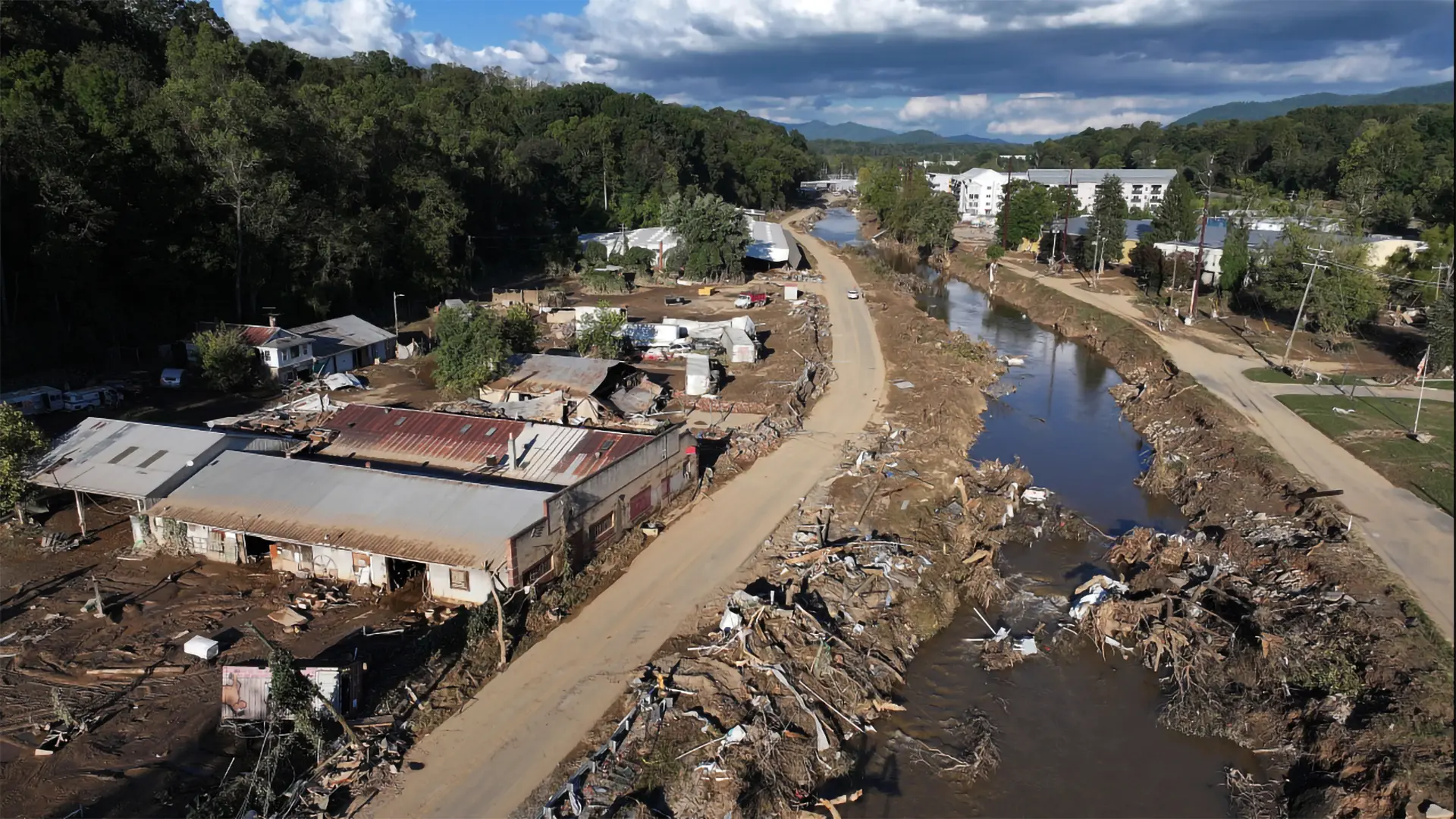 FCC Approves Starlink for Direct-to-Cell Service in Hurricane-Stricken North Carolina
FCC Approves Starlink for Direct-to-Cell Service in Hurricane-Stricken North Carolina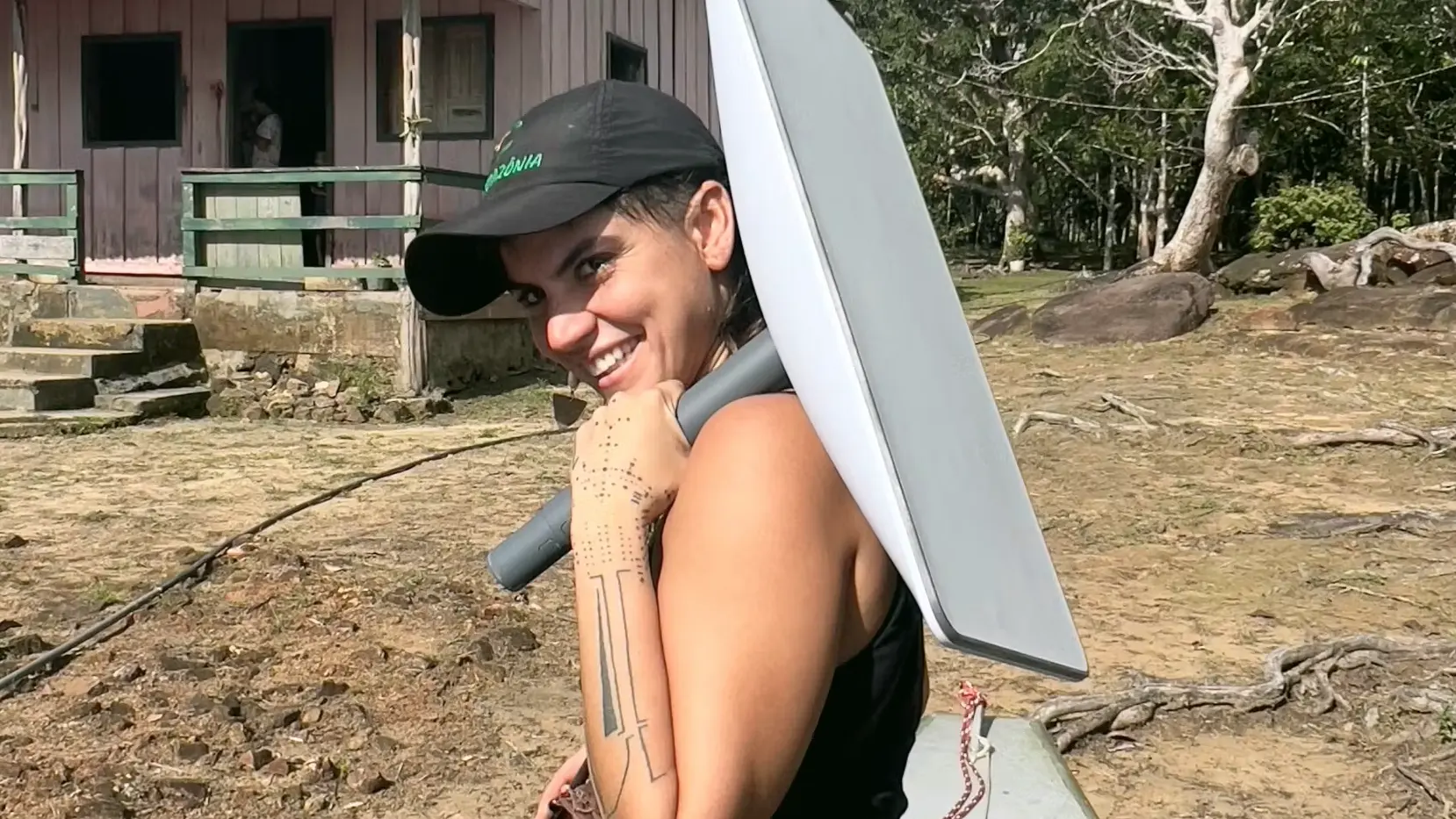 Starlink Surpasses 4 Million Subscribers, Cementing Dominance in Satellite Internet
Starlink Surpasses 4 Million Subscribers, Cementing Dominance in Satellite Internet Hawaiian Airlines Introduces Free Starlink Satellite Internet on Entire Airbus Fleet
Hawaiian Airlines Introduces Free Starlink Satellite Internet on Entire Airbus Fleet Chinese Company Launches First Satellites for Massive Network to Rival Starlink
Chinese Company Launches First Satellites for Massive Network to Rival Starlink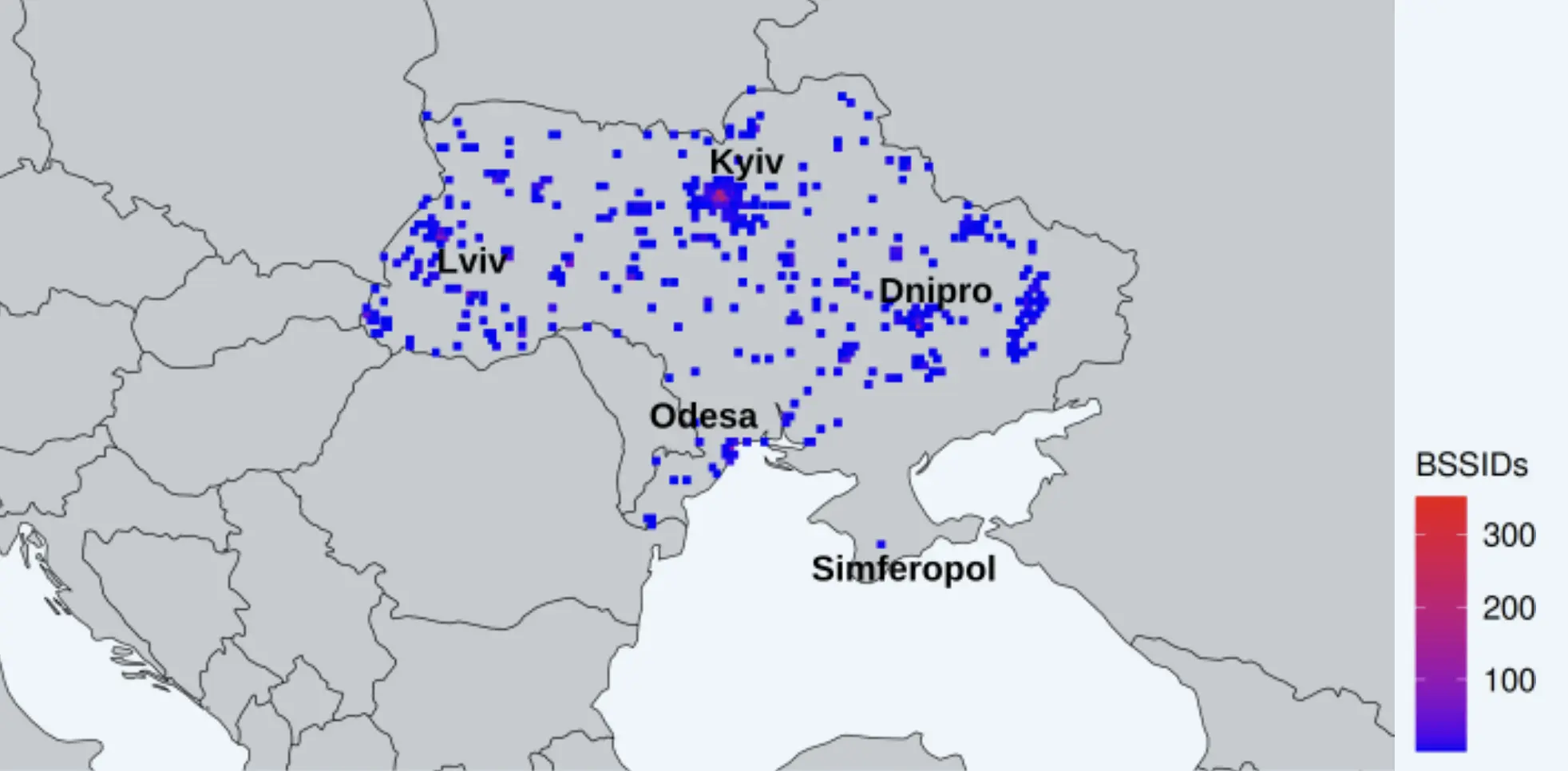 Researchers Expose Privacy Risks in Apple and Starlink’s Geo-Location Data, Uncovering Military and Civilian Tracking
Researchers Expose Privacy Risks in Apple and Starlink’s Geo-Location Data, Uncovering Military and Civilian Tracking China’s Satellite Internet Ambitions: A Quest to Rival SpaceX
China’s Satellite Internet Ambitions: A Quest to Rival SpaceX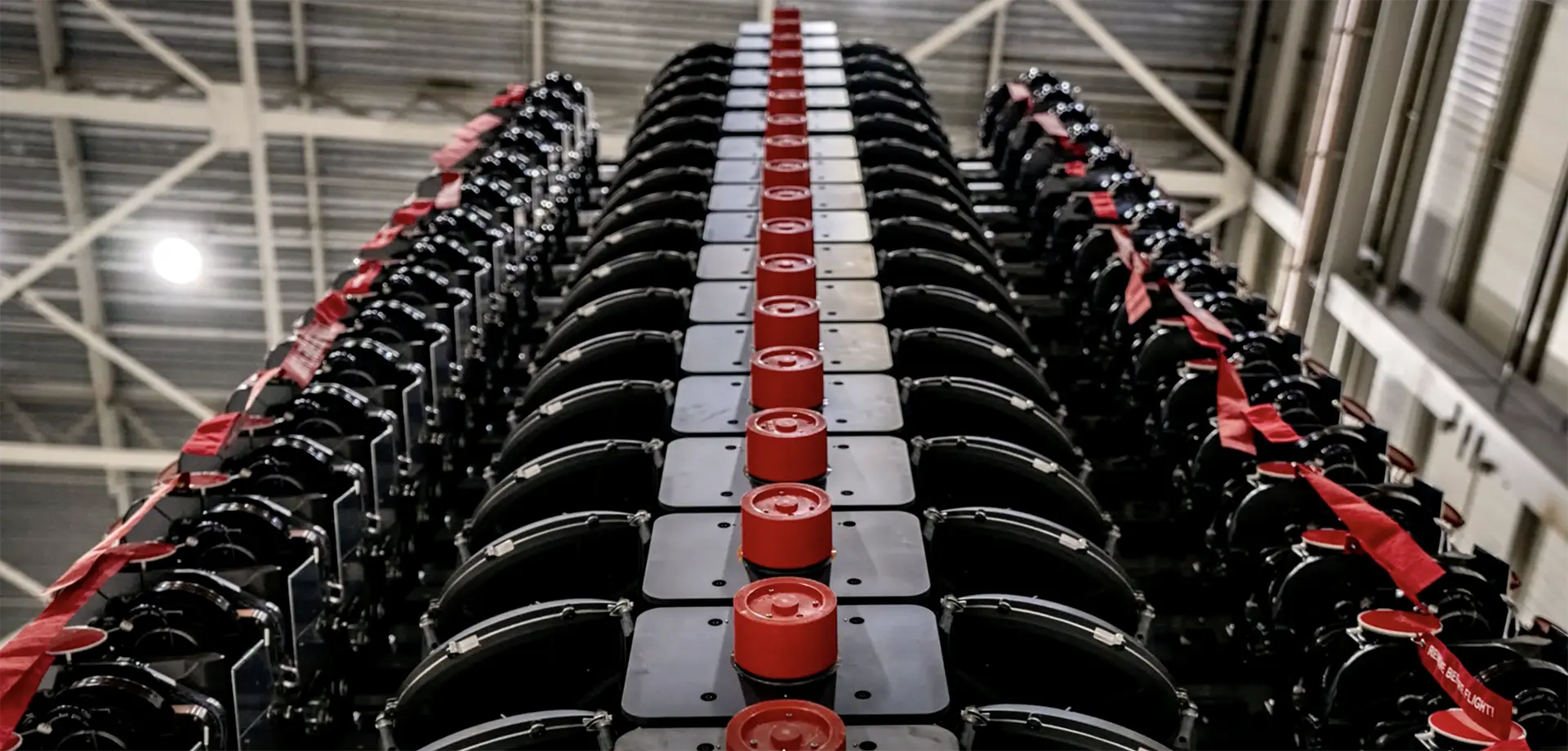 SpaceX Launches Starlink Satellites for Global Cellular Coverage
SpaceX Launches Starlink Satellites for Global Cellular Coverage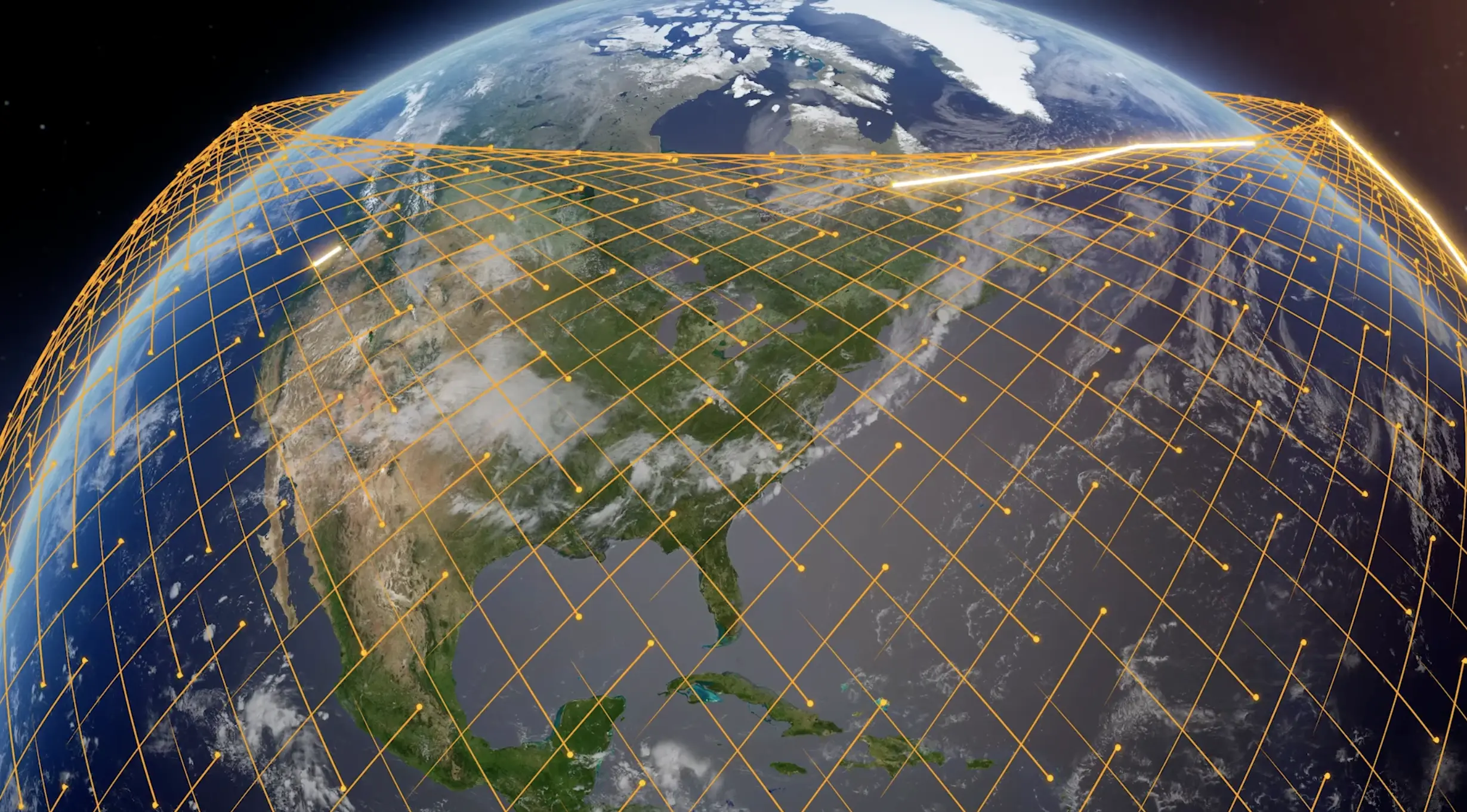 Amazon’s Project Kuiper Successfully Tests Laser-Based Satellite Communication
Amazon’s Project Kuiper Successfully Tests Laser-Based Satellite Communication SpaceX Quietly Launches New Website for Cellular Starlink Service
SpaceX Quietly Launches New Website for Cellular Starlink Service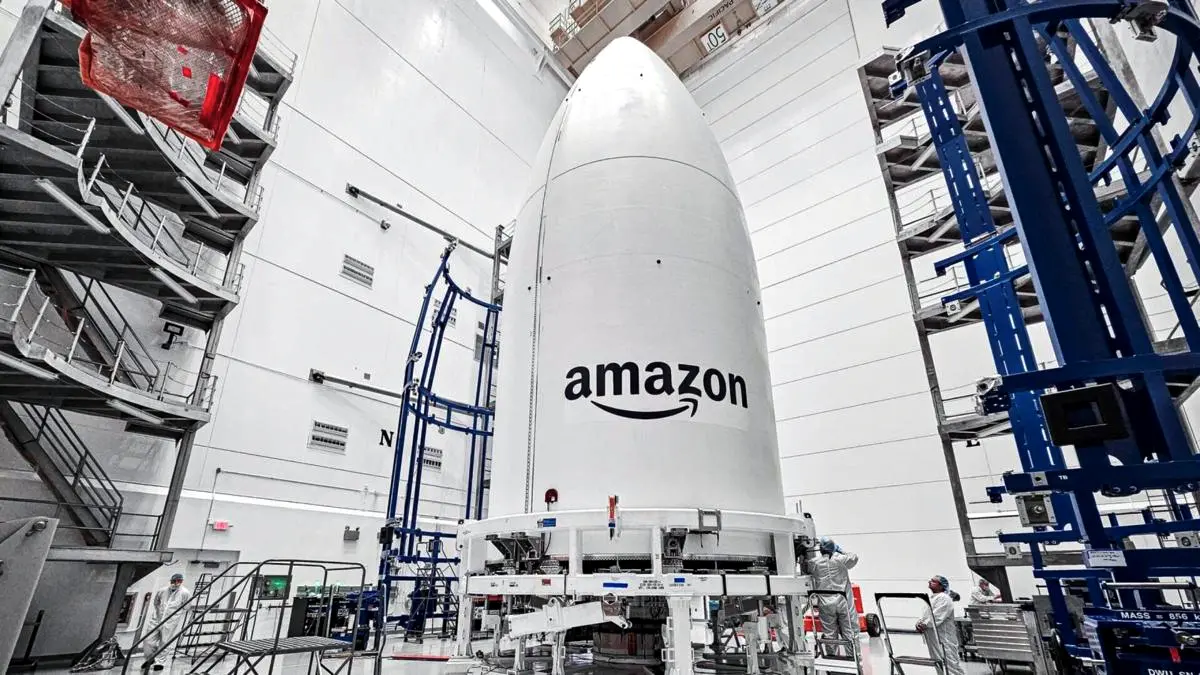 Amazon Launched Its First Two Internet Satellites Into Orbit
Amazon Launched Its First Two Internet Satellites Into Orbit Ukraine’s Increasing Dependence on Starlink Sparks Concern Over Musk’s Unilateral Control
Ukraine’s Increasing Dependence on Starlink Sparks Concern Over Musk’s Unilateral Control SpaceX Set to Launch Jupiter 3, the World’s Largest Commercial Communications Satellite, on Falcon Heavy Rocket
SpaceX Set to Launch Jupiter 3, the World’s Largest Commercial Communications Satellite, on Falcon Heavy Rocket